Grid Ceiling
Product Details:
- Product Type baffle ceiling
- Pattern SQUARE EDGE
- Paint Finishing Powder Coated / Galvanized Coated / Wooden Coated, Etc.
- Feature DURABILITY
- Texture Customised
- Thickness 0.65 & 0.5 Millimeter (mm)
- Color CUSTOMIZED
- Click to View more
Grid Ceiling Price And Quantity
- 130 INR/Square Foot
- 5000 Square Foot
Grid Ceiling Product Specifications
- RESIDENTIAL & COMMERCIAL
- COLOUR COATING
- BAFFLE CEILING
- POWDER COATING
- baffle ceiling
- SQUARE EDGE
- DURABILITY
- Powder Coated / Galvanized Coated / Wooden Coated, Etc.
- Customised
- 0.65 & 0.5 Millimeter (mm)
- CUSTOMIZED
- GI & ALU
- 12 TO 15 DAYS
Grid Ceiling Trade Information
- Ahmedabad
- Cash Advance (CA), Cash in Advance (CID), Cheque, Days after Acceptance (DA)
- 10000 Square Foot Per Day
- 15 Days
- Yes
- Free samples are available
- BOX PACKING
Product Description
A "Baffle Ceiling" typically refers to a type of ceiling design that incorporates vertical or slanted baffles, often used for acoustical control, aesthetics, or both. Below is a short specification for a Baffle Ceiling system:
Baffle Ceiling Short Specification
System Description:
The Baffle Ceiling is an acoustical and decorative ceiling system comprising vertically or horizontally suspended baffles, designed to enhance the acoustics of a space while adding a modern, architectural aesthetic. The baffles are installed in a parallel arrangement, creating gaps between them for sound absorption and improved acoustical performance.
Materials:
-
Baffles: High-density fiberglass, mineral fiber, wood, or metal (depending on the design requirements).
-
Finish: Can be painted, laminated, or wrapped in fabric or vinyl for acoustical enhancement and aesthetic purposes.
-
Suspension System: A heavy-duty suspension system made of stainless steel, galvanized steel, or aluminum.
-
Edge Treatment: Square, beveled, or custom edges based on project requirements.
Dimensions:
-
Baffle Width: Typically 4" to 12" (can vary based on design requirements).
-
Baffle Length: Customizable, but standard lengths range from 4' to 12' or more.
-
Spacing Between Baffles: Generally ranges from 1" to 6" depending on acoustical needs.
Acoustic Properties:
-
Noise Reduction Coefficient (NRC): 0.5 to 0.95 (varies by material and finish).
-
Sound Absorption: Designed to reduce reverberation and improve room acoustics by absorbing sound energy.
-
Customization: Baffles can be tailored to meet specific acoustical standards (e.g., for classrooms, auditoriums, offices).
Installation:
-
The baffles are suspended from the ceiling grid or structure using adjustable suspension cables or brackets.
-
Installation can be configured in a linear, staggered, or random pattern, depending on the visual and acoustical design.
Maintenance:
-
Easy to clean and maintain.
-
Panels are removable for accessibility to ceiling systems (e.g., lighting, HVAC).
Applications:
-
Ideal for spaces requiring enhanced acoustics such as conference rooms, auditoriums, open office spaces, lobbies, and educational environments.
Performance:
-
Fire ratings: Class A (if using fiberglass or mineral fiber).
-
Resistant to sagging, corrosion, and other wear factors based on material selection.
This specification serves as a general guide and can be customized based on specific project requirements and manufacturer details.

Price:
- 50
- 100
- 200
- 250
- 500
- 1000+

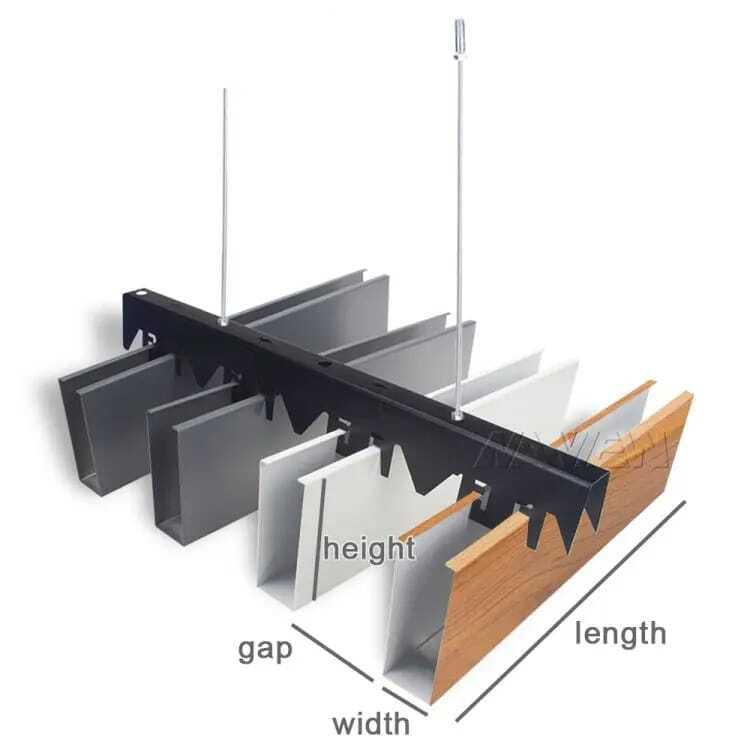

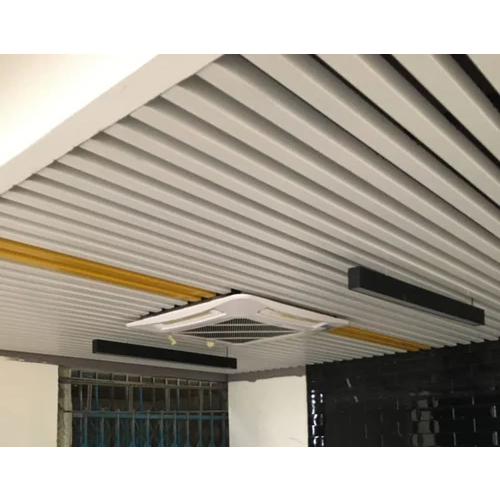
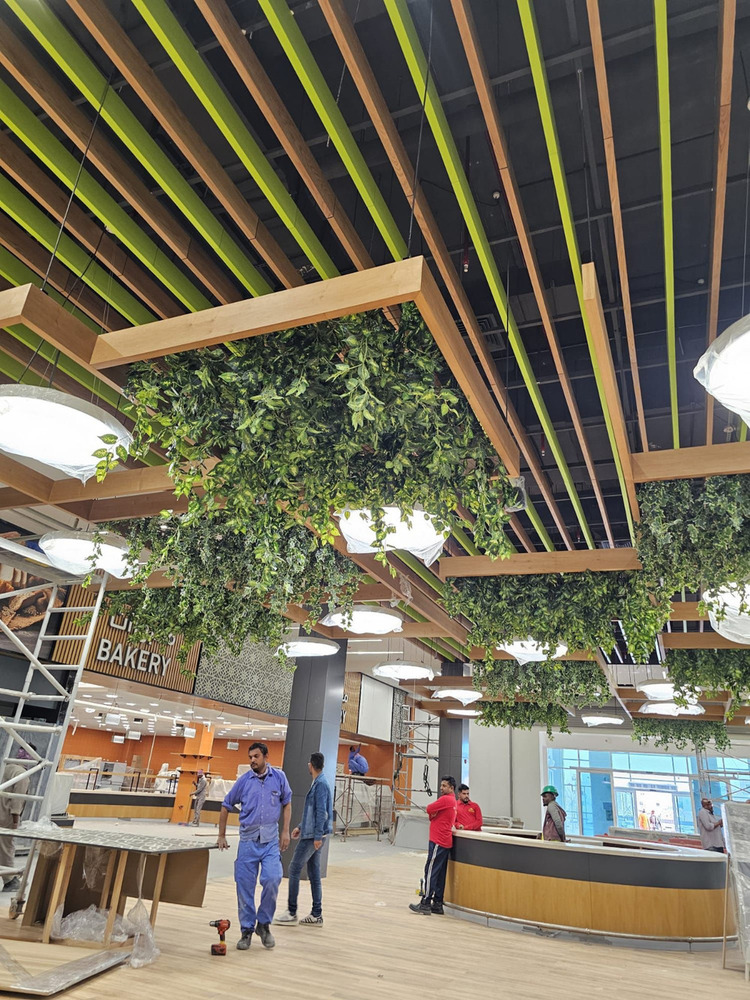
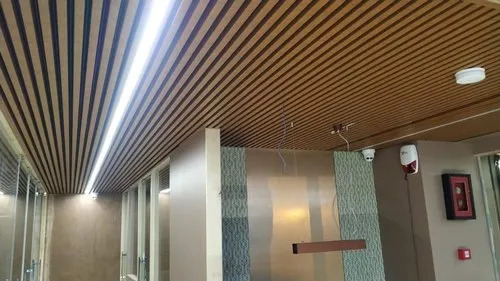
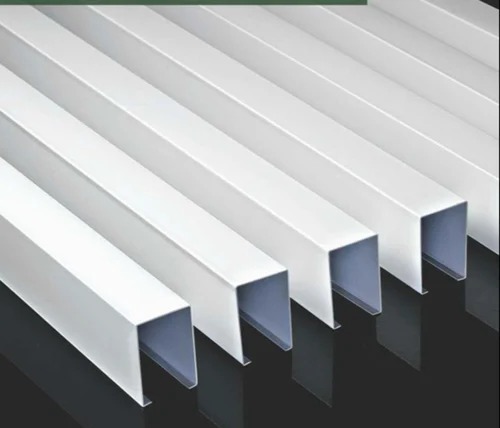

 English
English Spanish
Spanish French
French German
German Italian
Italian Chinese (Simplified)
Chinese (Simplified) Japanese
Japanese Korean
Korean Arabic
Arabic Portuguese
Portuguese